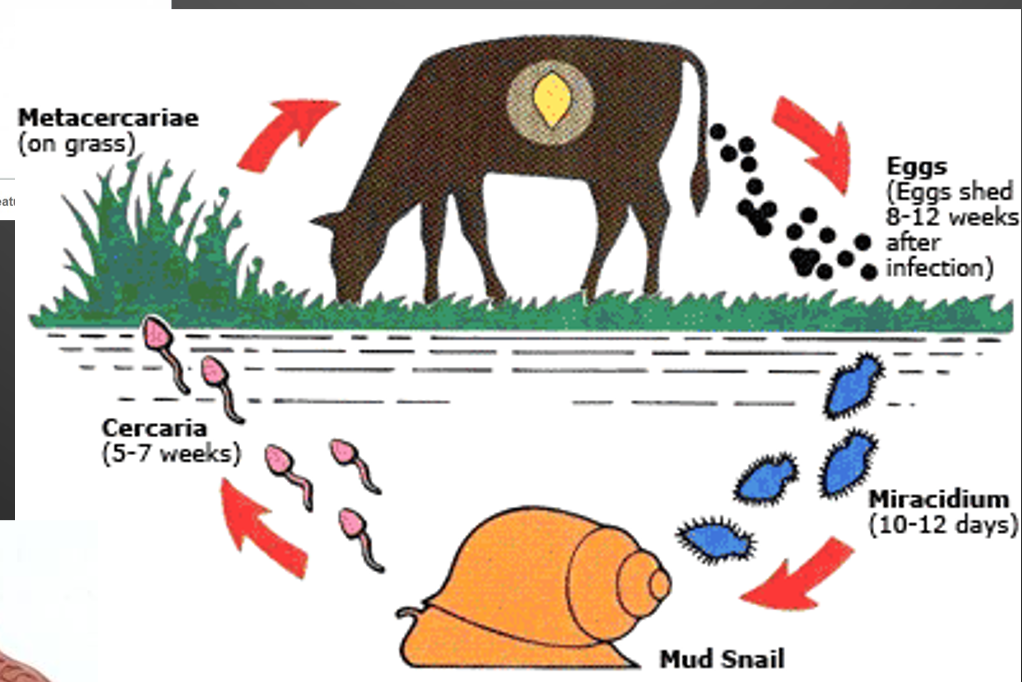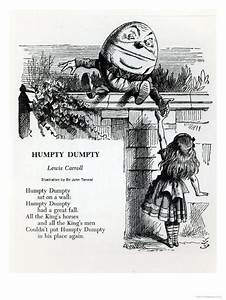a short essay in Content and Context (TS ·15) – it includes plenty of links you can use for more context or disambiguation.
As a companion piece, i recommend a podcast (‘Frankly’ #60) by Nate Hagens, where he asks the question “What (if anything) are you absolutely certain of?” – and lists 17 answers of his own. On Youtube it’s at https://www.youtube.com/watch?v=TPv0wa5U0WA.
If you’d like to participate in a small-group discussion of this excerpt from Turning Signs, send Gary an email proposing a date and time that’s good for you, and we’ll see who else is available at that time, and i’ll send everyone a Zoom link for it.
For a while we had a series of regular sessions to confer about the chapters of Turning Signs in order, and we might revive that if enough people can make a long-term commitment to a regular time slot for this purpose. Let me know if you’re interested. Meanwhile we can try having single sessions on stand-alone points from the book at any time you choose.


